Apple's Patent Granted; iPhone 12 To Feature In-Display Fingerprint Sensor?
Karamchand Rameshwar - Dec 23, 2019
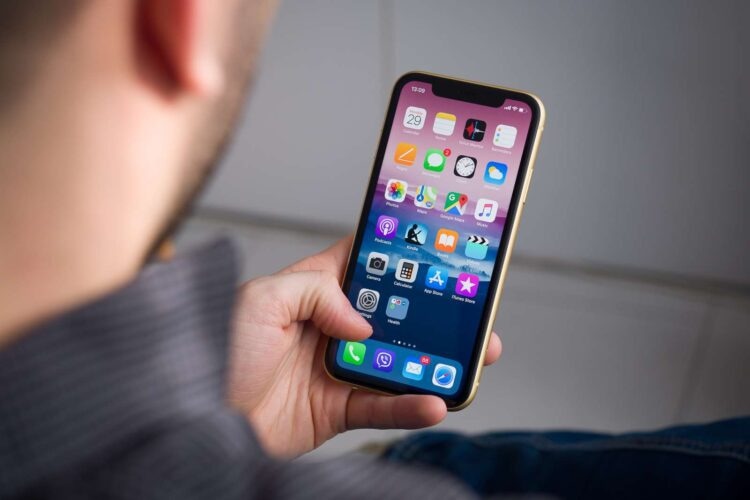
This is only optical fingerprint technology, it is unclear how Apple will overcome the disadvantages of the fingerprint sensor to use on the iPhone 12.
- OPPO Reno 14 Series Hits India: Launch Date, Cameras, and Specs
- Best Gaming Phones 2025: Top Devices for Mobile Gaming
- Apple Kills Original HomePod, Focusing On HomePod Mini
In 2017, Apple pioneered Face ID 3D technology and turned it into one of the best biometric security methods in the world today, but few Android smartphones can match it in terms of speed. The weakness of Face ID technology is that it requires a part of the front panel(also known as a "notch") that Apple has not yet thought of to solve this problem. However, in the future, this part of the screen and Face ID may soon disappear on the iPhone 12 lineup thanks to a new biometric technology registered by Apple.
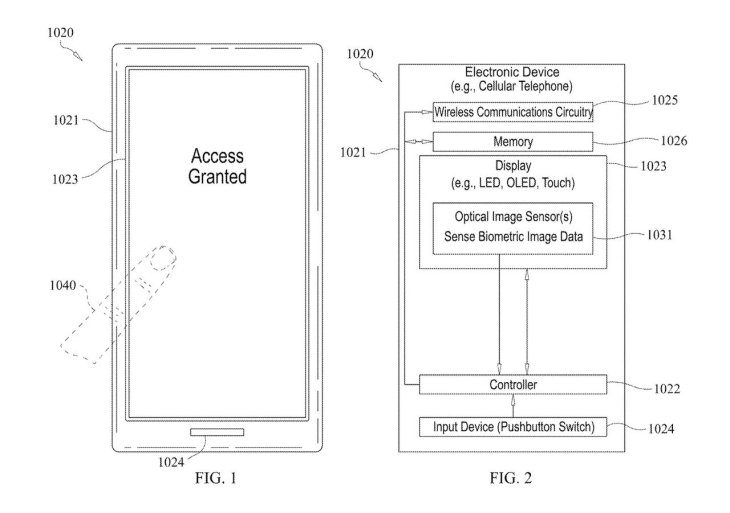
Specifically, Apple has recently been granted a new patent related to a security technology with a fingerprint sensor placed on the screen. This sensor, like most Android smartphones today, uses an optical scanning mechanism, which uses a light source below the screen to read the fingerprint data of the user.
This invention has been filed by Apple since 2017 and it has been used by the company on the new 16-inch MacBook Pro line 2019 launched last month. However, in the patent granted, the brand has described that this technology can be applied to the screen.

And because of the usual optical scanning mechanism, the security and speed of this sensor may not be as good as the previous Touch ID capacitive fingerprint sensor. It is not clear how Apple will address this issue for its new technology. At present, there are only two types of fingerprint sensors applied under the screen, namely optical sensors using scanning light and ultrasonic sensors using ultrasonic waves to create fingerprint maps. (most notably used on the Galaxy S10 series and Note10 series). In particular, ultrasonic sensors have higher security and relative speed. However, both types of technologies have certain weaknesses that make it unable to be strongly applied in biometric verification.
If Apple can overcome the disadvantages of an optical fingerprint sensor, it is possible that future iPhone models will probably have an in-screen fingerprint sensor and remove Face ID for a full-screen display, or the company may equip both Face ID and in-screen fingerprint sensor on its next iPhone models like iPhone 12.
Featured Stories

Mobile - Oct 23, 2025
How Casual Games Are Winning the Mobile Attention War
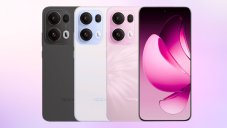
Mobile - Jul 03, 2025
OPPO Reno 14 Series Hits India: Launch Date, Cameras, and Specs
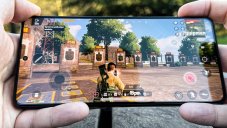
Mobile - Jun 12, 2025
Best Gaming Phones 2025: Top Devices for Mobile Gaming
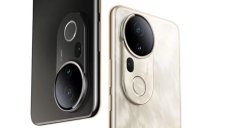
Mobile - Jun 12, 2025
Vivo T4 Ultra Debuts with MediaTek Dimensity 9300+ Chipset
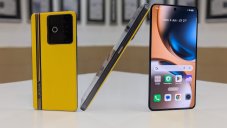
Mobile - Jun 08, 2025
Realme GT 7T Review: Power Meets Endurance in Controversial Style
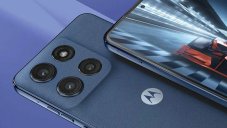
Mobile - Jun 08, 2025
Motorola Edge 60 Set to Debut in India This June
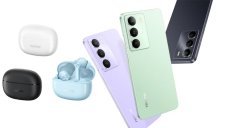
Mobile - Jun 07, 2025
Realme C73 5G Launches in India: Budget 5G Phone Starts at ₹10,499

Gadgets - Jun 07, 2025
OnePlus 13s Makes Indian Debut: Compact Flagship Brings Premium Features at...
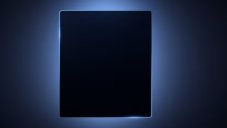
Mobile - Jun 04, 2025
Samsung Galaxy Z Fold 7 Ultra: The Next Chapter of Premium Foldables

Mobile - Jun 02, 2025
Comments
Sort by Newest | Popular